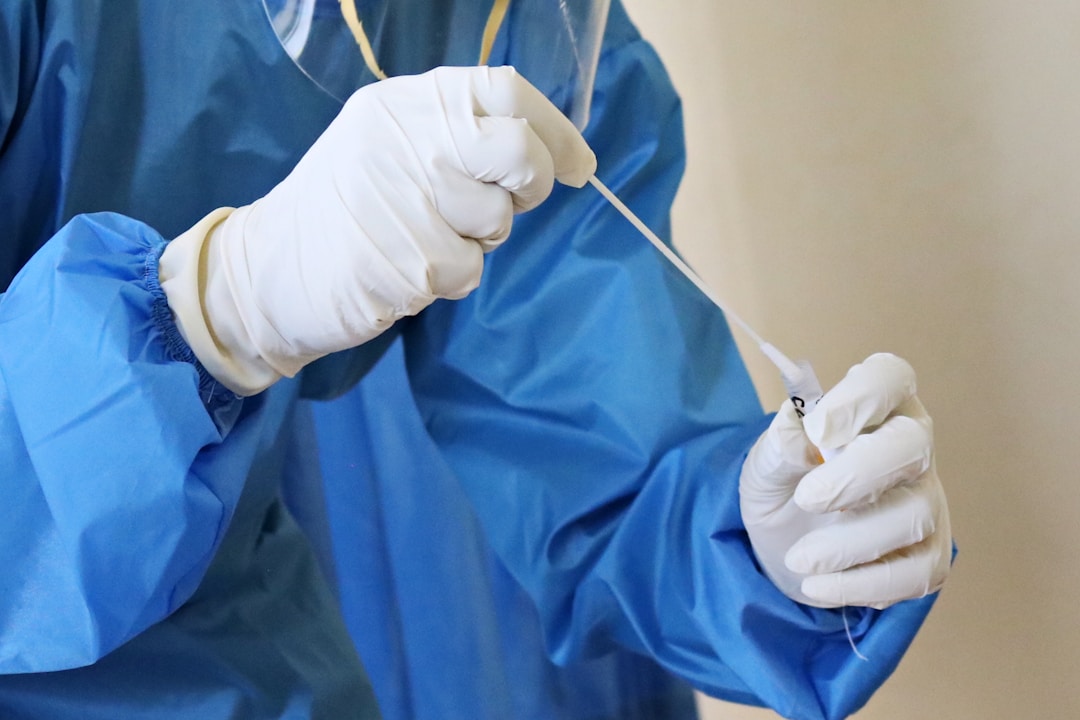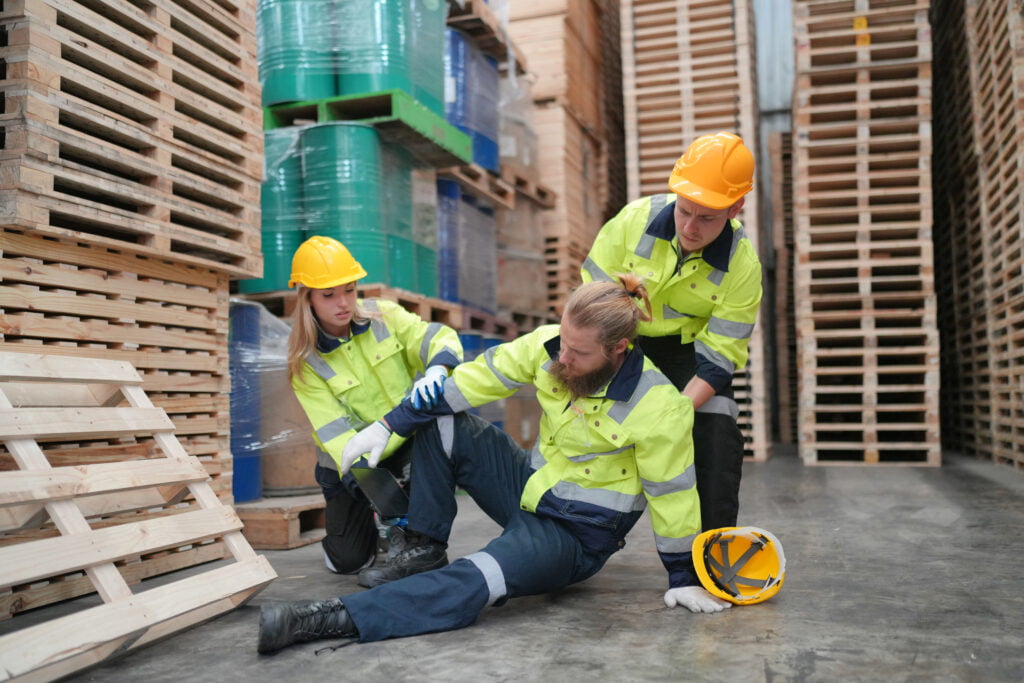Common Types of Accidents and Injuries and How To Pursue Compensation
In everyday life, accidents are an unfortunate inevitability. From bustling roadways to the deceptive safety of our workplaces, risks loom at every corner. Whether it be a slip on an icy sidewalk or a collision on the highway, knowing the common types of accidents and the range of resulting injuries can equip us with the knowledge needed to seek the appropriate recourse. Understanding the legal landscape that surrounds these incidents can also be pivotal in obtaining proper compensation. Below, we’ll explore the varied accidents, injuries they cause, and the steps toward pursuing claims for damages.
Common Car Accident Scenarios and Associated Injuries
Car accidents are among the most prevalent causes of personal injuries and come in many forms. Head-on collisions are particularly hazardous and often result in severe injuries, such as traumatic brain injuries (TBIs), spinal cord damage, and broken bones. Rear-end crashes, while sometimes seeming minor, can cause whiplash and long-lasting soft tissue damage that might not be immediately apparent.
T-bone accidents or side-impact collisions are common in intersections and can lead to head injuries, pelvic fractures, and even organ damage, depending on the crash’s severity. Multi-car pileups are chaotic events that not only cause physical trauma but can also lead to psychological distress. Victims might find themselves coping with post-traumatic stress disorder (PTSD) alongside physical ailments.
After any vehicular incident, it’s advisable to consult with legal professionals who can navigate the intricacies of automotive injury claims. Parties such as the injury lawyers in Illinois have the experience to assist in these matters, ensuring that victims receive the compensation they rightfully deserve.
Workplace Mishaps: Understanding the Range of Injuries and Employer Liability

Workplace injuries can vary dramatically based on the job environment and tasks at hand. In industrial settings, heavy machinery poses risks for traumatic injuries such as amputations or crushing injuries. Office workers, while in less obviously perilous settings, are not immune to mishaps and may experience repetitive strain injuries or falls due to unsafe office conditions.
Employers are generally required to maintain a safe work environment and failure to do so can lead to liability for accidents. When an employee is injured on the job, worker’s compensation is often the first avenue for securing financial recovery. However, worker’s comp may not cover all expenses and losses, especially in cases of severe or long-term disabilities.
Slips, Trips, and Falls: Navigating Premises Liability Claims
Slip and fall accidents are common and can occur anywhere, from public sidewalks to private businesses. The resulting injuries can range from minor bruises to severe fractures or head traumas. In wintry climates, icy walkways are notorious hazards, while indoor slips are frequently due to wet or uneven surfaces.
Premises liability law dictates that property owners maintain a safe environment for visitors. When they fail to do so, and someone is injured as a result, the injured party may have grounds for a claim. Proving negligence, however, requires demonstrating that the property owner knew or should have known about the dangerous condition and did nothing to remedy it.
Medical Malpractice: Identifying Negligence and Seeking Justice

When medical professionals fail to provide the standard of care expected within their field, it can lead to severe and life-altering consequences for patients. Medical malpractice encompasses a range of failures, including misdiagnosis, surgical errors, medication mistakes, and failure to inform patients of risks associated with treatments or procedures.
Victims of medical malpractice can face a challenging road to recovery both physically and financially. To successfully claim malpractice, one must prove that a healthcare professional’s negligence directly caused harm. This usually requires testimony from medical experts who can attest to the discrepancies between the care provided and the accepted medical standards.
When Defective Products Cause Harm: Your Rights and Legal Recourses
Consumers trust that the products they purchase are safe for use. However, defective or dangerously designed products can cause serious injuries or even death. These can range from faulty electrical appliances causing fires to vehicles with inadequate safety features resulting in worsened injuries during a crash.
In these instances, product liability laws come into play. Manufacturers, designers, and retailers can be held responsible for putting dangerous products into the hands of consumers. Claimants need to establish that the defect existed and it was this defect that caused the injury. Successful litigation can result in not only compensation for the victims but also the correction of dangerous products on the market.
Overall, the journey to compensation for an injury due to negligence or wrongdoing can be fraught with legal complexities. A comprehensive understanding of the law, coupled with the expertise of skilled legal counsel, can empower victims to pursue the justice and compensation they deserve.





